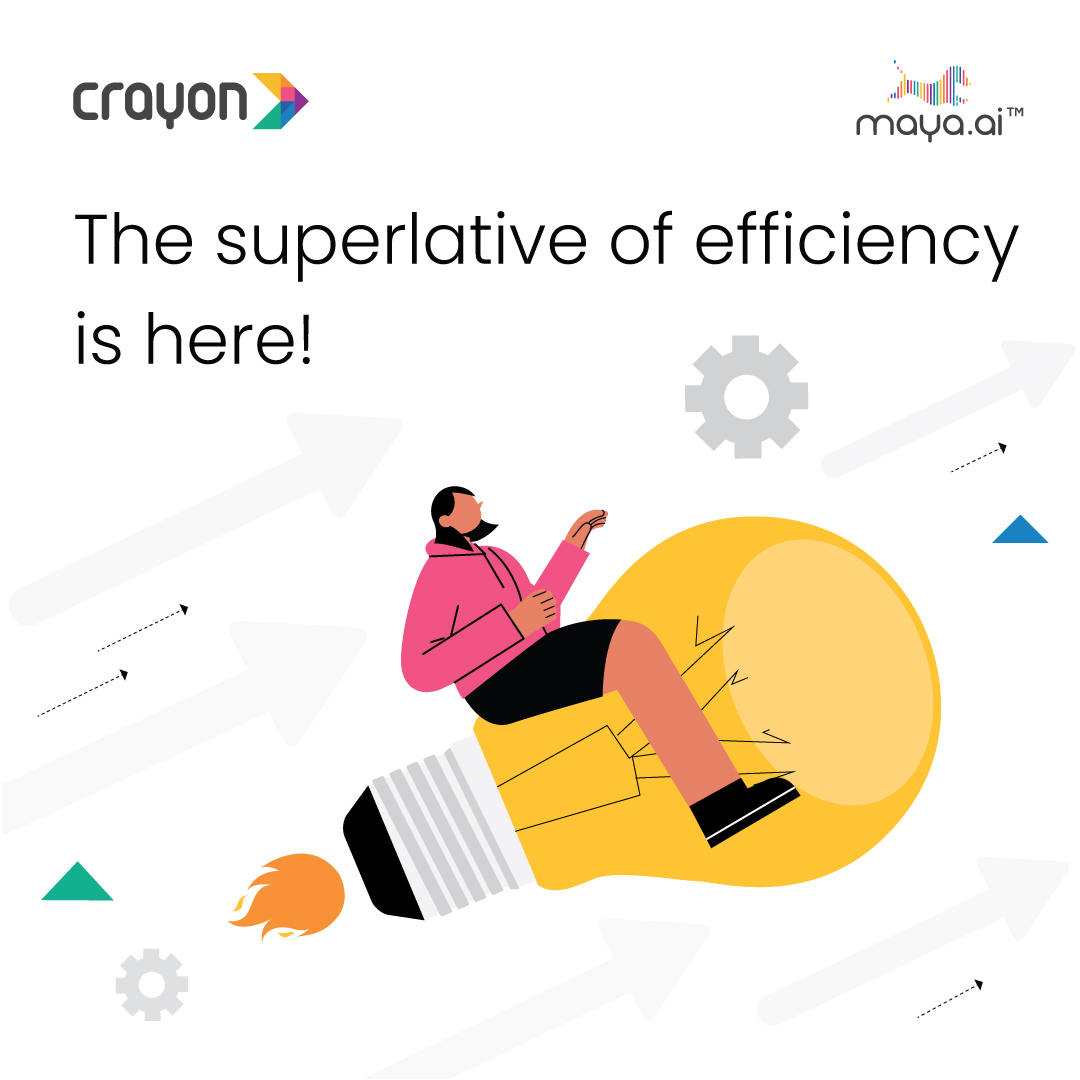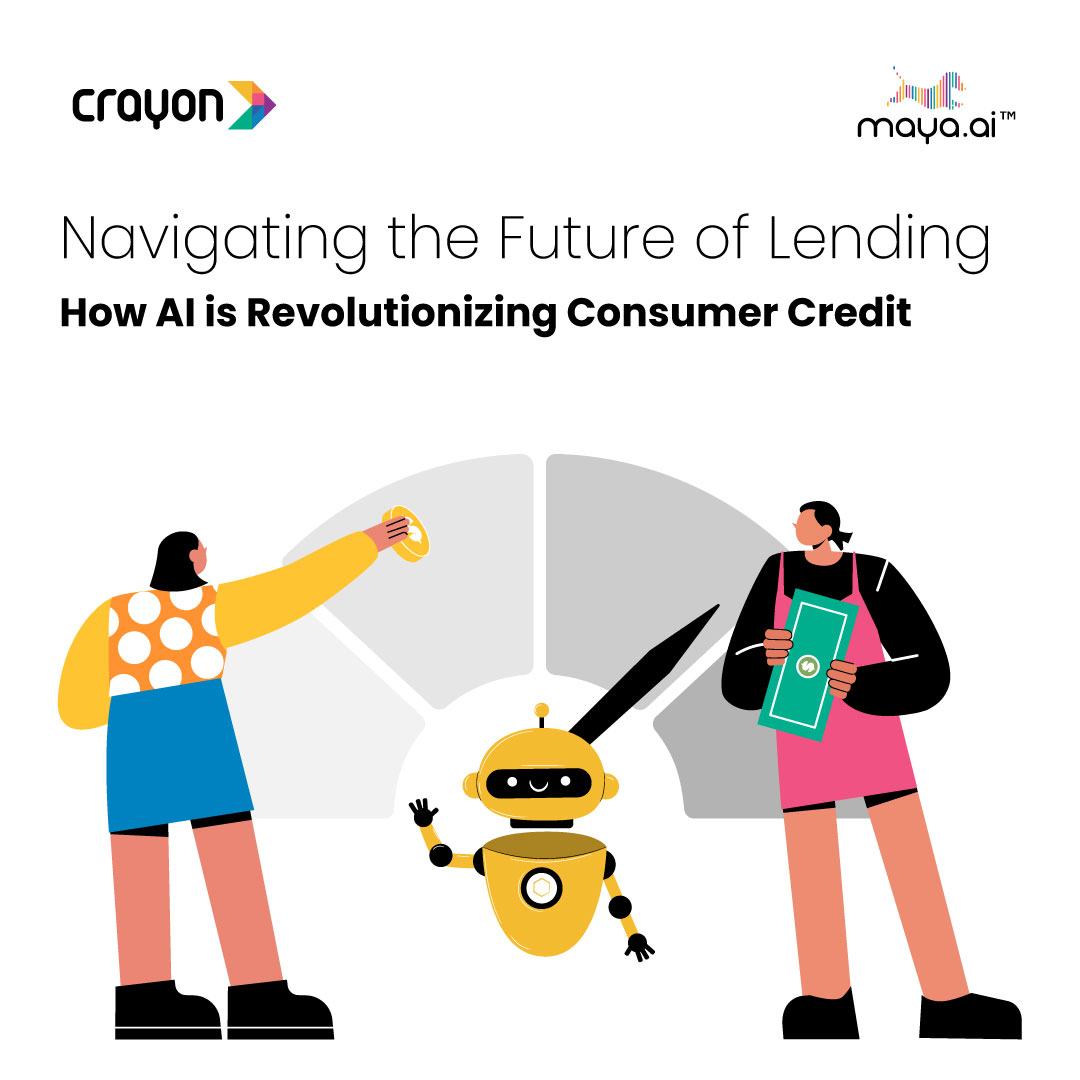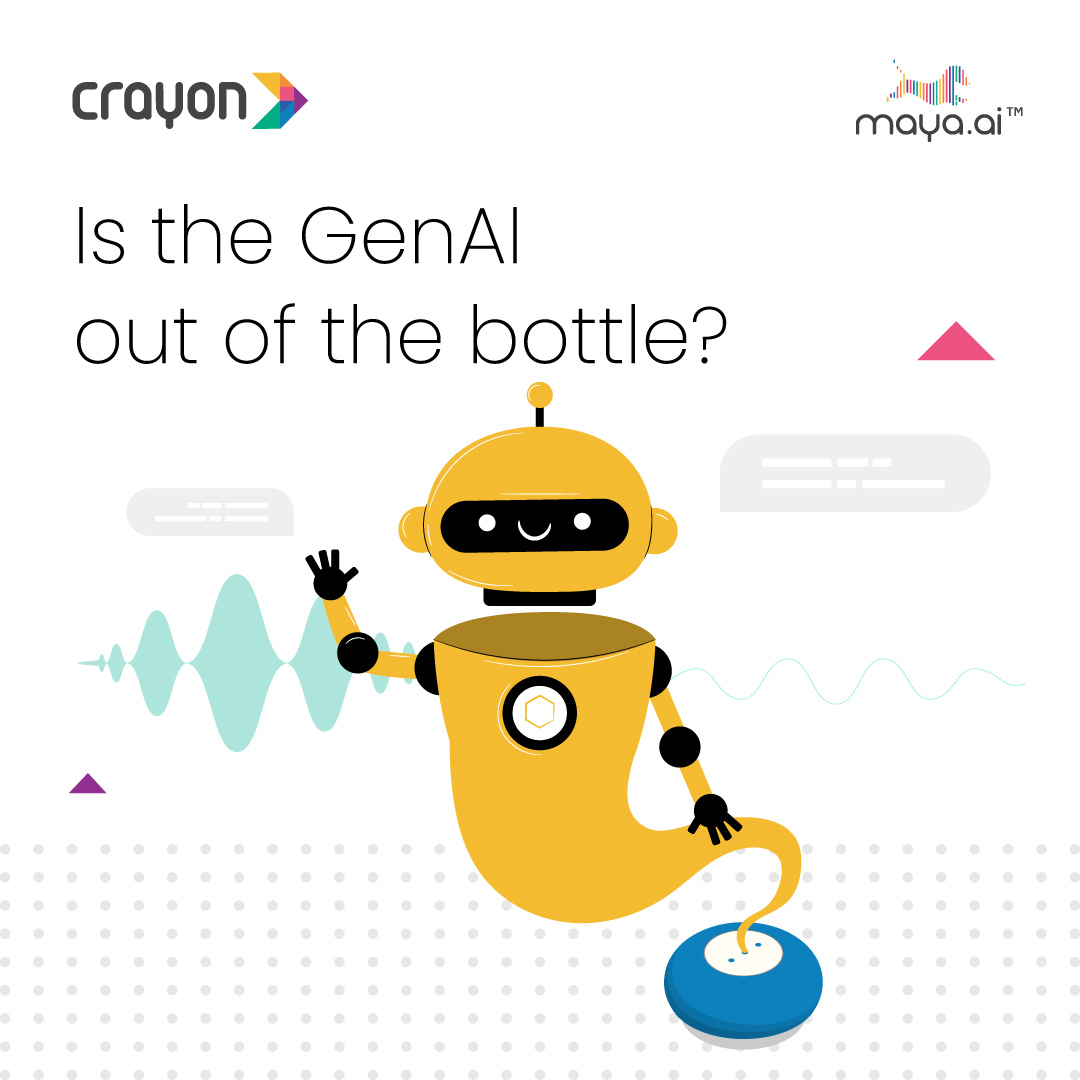Excerpts from the report…
Most recommendation engines are based on collaborative filtering, which looks at the affinity between two products in the same category or between two categories. It has limitations because it only looks at past purchase history of a consumer. So if a consumer bought a striped shirt or searched for it, she will keep getting recommendations even if she has closed that deal. So just using internal data doesn’t work. “To make the right kind of guided discovery, one must combine internal data generated inside the company with external data,” says Srikant Sastri, co-founder, Crayon Data. “External data can be generated by trailing the internet reviews and social networking for movies, books, shopping, travel etc. Building cross-category connection on the basis of external and internal data can make recommendations richer and powerful.” [Read More]
Browse Less, Find More
Subscribe to the Crayon Blog. Get the latest posts in your inbox!
Browse Less, Find More
Excerpts from the report…
Most recommendation engines are based on collaborative filtering, which looks at the affinity between two products in the same category or between two categories. It has limitations because it only looks at past purchase history of a consumer. So if a consumer bought a striped shirt or searched for it, she will keep getting recommendations even if she has closed that deal. So just using internal data doesn’t work. “To make the right kind of guided discovery, one must combine internal data generated inside the company with external data,” says Srikant Sastri, co-founder, Crayon Data. “External data can be generated by trailing the internet reviews and social networking for movies, books, shopping, travel etc. Building cross-category connection on the basis of external and internal data can make recommendations richer and powerful.” [Read More]
Subscribe to the Crayon Blog. Get the latest posts in your inbox!
Browse Less, Find More
Excerpts from the report…
Most recommendation engines are based on collaborative filtering, which looks at the affinity between two products in the same category or between two categories. It has limitations because it only looks at past purchase history of a consumer. So if a consumer bought a striped shirt or searched for it, she will keep getting recommendations even if she has closed that deal. So just using internal data doesn’t work. “To make the right kind of guided discovery, one must combine internal data generated inside the company with external data,” says Srikant Sastri, co-founder, Crayon Data. “External data can be generated by trailing the internet reviews and social networking for movies, books, shopping, travel etc. Building cross-category connection on the basis of external and internal data can make recommendations richer and powerful.” [Read More]
Subscribe to the Crayon Blog. Get the latest posts in your inbox!
Browse Less, Find More
Excerpts from the report…
Most recommendation engines are based on collaborative filtering, which looks at the affinity between two products in the same category or between two categories. It has limitations because it only looks at past purchase history of a consumer. So if a consumer bought a striped shirt or searched for it, she will keep getting recommendations even if she has closed that deal. So just using internal data doesn’t work. “To make the right kind of guided discovery, one must combine internal data generated inside the company with external data,” says Srikant Sastri, co-founder, Crayon Data. “External data can be generated by trailing the internet reviews and social networking for movies, books, shopping, travel etc. Building cross-category connection on the basis of external and internal data can make recommendations richer and powerful.” [Read More]
Subscribe to the Crayon Blog. Get the latest posts in your inbox!




